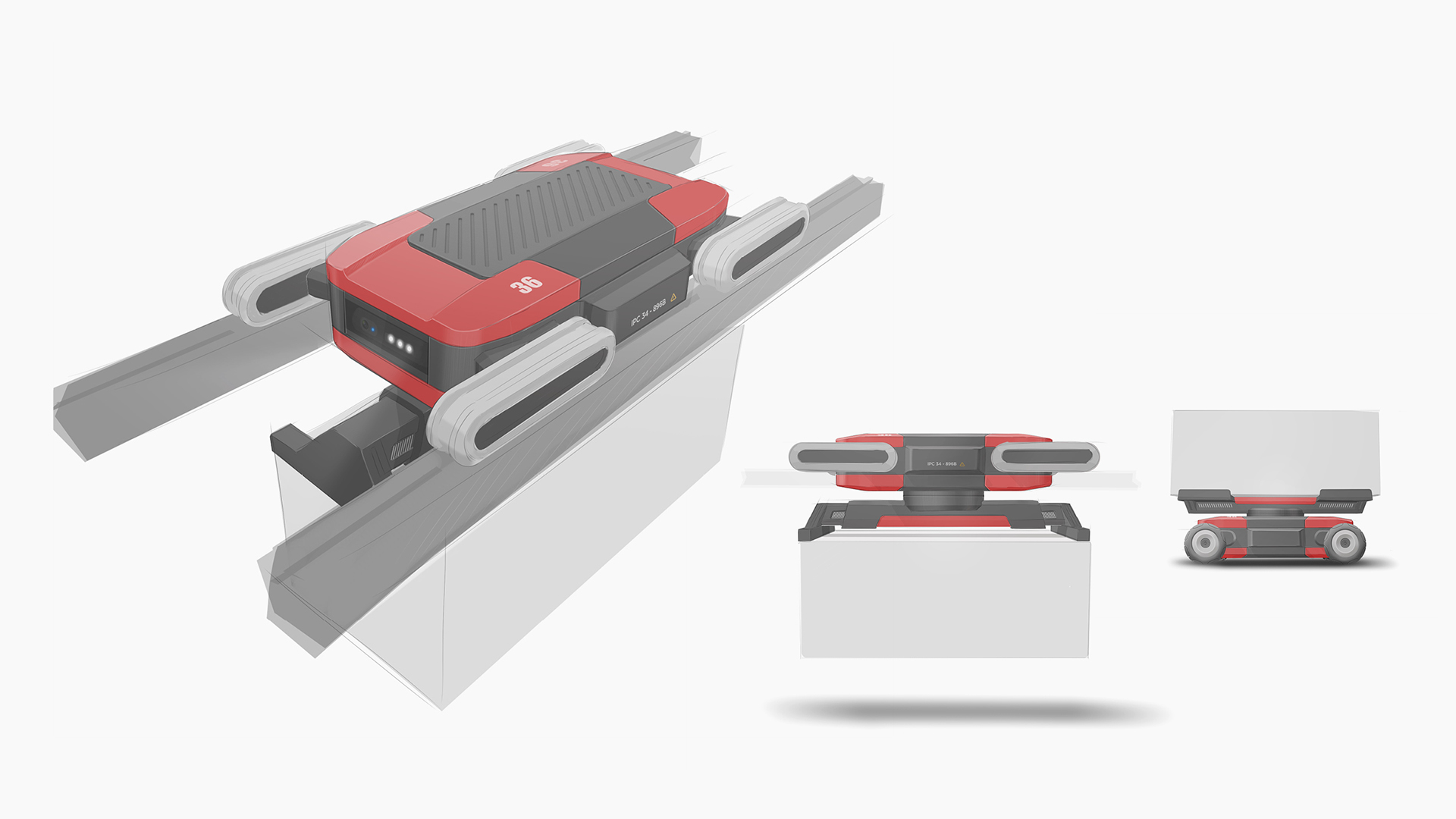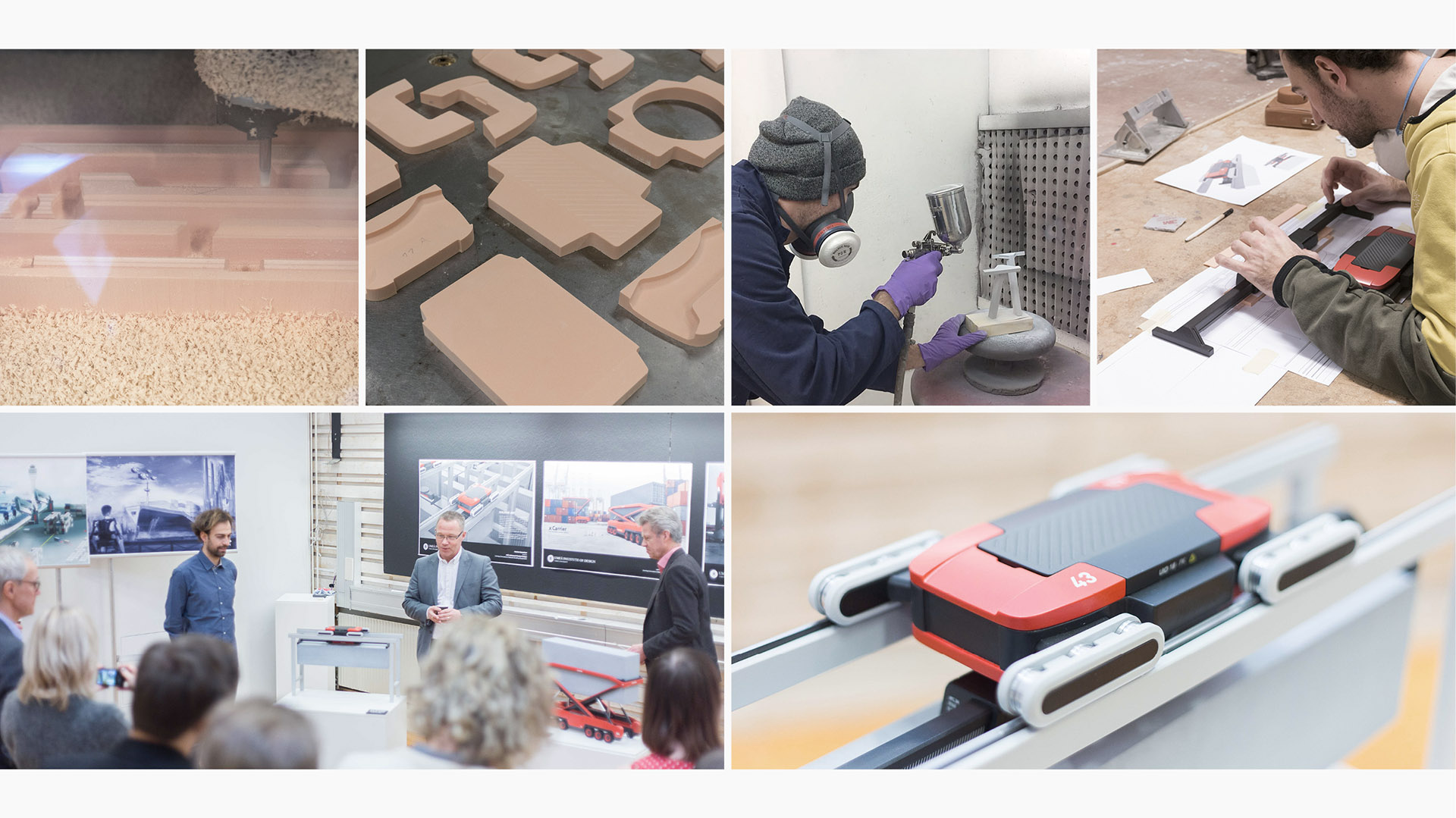
ANT - Future
Cargo Handling
Today, we can reach goods from all over the world. Containerships connect continents, each with more than 20000 containers on board and they will continue to grow. With current harbour equipment it is hardly possible to handle these amounts. These super ships create stress for the harbour and traffic on our public streets.
So, what if we would rethink how our harbours work today?
The ANT concept is a network of many fully autonomous and electrical cargo handling robots. These units are the core elements of an intelligent ship unloading and storage system.
Instead of using different machines to relocate the cargo, the robots can pick up containers directly from the docked ship and move them to the targeted spot in storage area.
Collectively, the robots accelerate the logistic process within and around the harbour. They can support us to move our products faster and in a more sustainable way.
ANT - Future
Cargo Handling
Today, we can reach goods from all over the world. Containerships connect continents, each with more than 20000 containers on board and they will continue to grow. With current harbour equipment it is hardly possible to handle these amounts. These super ships create stress for the harbour and traffic on our public streets.
So, what if we would rethink how our harbours work today?
The ANT concept is a network of many fully autonomous and electrical cargo handling robots. These units are the core elements of an intelligent ship unloading and storage system.
Instead of using different machines to relocate the cargo, the robots can pick up containers directly from the docked ship and move them to the targeted spot in storage area.
Collectively, the robots accelerate the logistic process within and around the harbour. They can support us to move our products faster and in a more sustainable way.
ANT - Future
Cargo Handling
Today, we can reach goods from all over the world. Containerships connect continents, each with more than 20000 containers on board and they will continue to grow. With current harbour equipment it is hardly possible to handle these amounts. These super ships create stress for the harbour and traffic on our public streets.
So, what if we would rethink how our harbours work today?
The ANT concept is a network of many fully autonomous and electrical cargo handling robots. These units are the core elements of an intelligent ship unloading and storage system.
Instead of using different machines to relocate the cargo, the robots can pick up containers directly from the docked ship and move them to the targeted spot in storage area.
Collectively, the robots accelerate the logistic process within and around the harbour. They can support us to move our products faster and in a more sustainable way.
ANT - Future Cargo Handling
Today, we can reach goods from all over the world. Containerships connect continents, each with more than 20000 containers on board and they will continue to grow. With current harbour equipment it is hardly possible to handle these amounts. These super ships create stress for the harbour and traffic on our public streets.
So, what if we would rethink how our harbours work today?
The ANT concept is a network of many fully autonomous and electrical cargo handling robots. These units are the core elements of an intelligent ship unloading and storage system.
Instead of using different machines to relocate the cargo, the robots can pick up containers directly from the docked ship and move them to the targeted spot in storage area.
Collectively, the robots accelerate the logistic process within and around the harbour. They can support us to move our products faster and in a more sustainable way.
ANT - Future
Cargo Handling
Today, we can reach goods from all over the world. Containerships connect continents, each with more than 20000 containers on board and they will continue to grow. With current harbour equipment it is hardly possible to handle these amounts. These super ships create stress for the harbour and traffic on our public streets.
So, what if we would rethink how our harbours work today?
The ANT concept is a network of many fully autonomous and electrical cargo handling robots. These units are the core elements of an intelligent ship unloading and storage system.
Instead of using different machines to relocate the cargo, the robots can pick up containers directly from the docked ship and move them to the targeted spot in storage area.
Collectively, the robots accelerate the logistic process within and around the harbour. They can support us to move our products faster and in a more sustainable way.
2018
Umeå Institute of Design
In collaboration with:
Kalmar
Awards:
Core77 Design Awards 2019 - Student Winner
Commercial Equipment
Core77 Design Awards 2019 - Student Winner
Transportation
The James Dyson Award 2019 - National Runner Up
Duration:
10 weeks
2018
Umeå Institute of Design
In collaboration with:
Kalmar
Awards:
Core77 Design Awards 2019 Student Winner
Commercial Equipment
Core77 Design Awards 2019 Student Winner Transportation
The James Dyson Award 2019 - National Runner Up
Duration:
10 weeks
2018
Umeå Institute of Design
In collaboration with:
Kalmar
Awards:
Core77 Design Awards 2019 - Student Winner
Commercial Equipment
Core77 Design Awards 2019 - Student Winner
Transportation
The James Dyson Award 2019 - National Runner Up
Duration:
10 weeks
2018
Umeå Institute of Design
In collaboration with:
Kalmar
Awards:
Core77 Design Awards 2019 - Student Winner Commercial Equipment
Core77 Design Awards 2019 - Student Winner Transportation
The James Dyson Award 2019 - National Runner Up
Duration:
10 weeks
2018
Umeå Institute of Design
In collaboration with:
Kalmar
Awards:
Core77 Design Awards 2019 - Student Winner
Commercial Equipment
Core77 Design Awards 2019 - Student Winner
Transportation
The James Dyson Award 2019 - National Runner Up
Duration:
10 weeks
Research.
A people centered approach was utilized to discover the workday activities and behaviours of user groups within the harbour. Onsite observations, user interviews, factory tours and testing existing transport solutions up close, provided valuable insights in order to identify relevant design opportunities.
Research.
A people centered approach was utilized to discover the workday activities and behaviours of user groups within the harbour. Onsite observations, user interviews, factory tours and testing existing transport solutions up close, provided valuable insights in order to identify relevant design opportunities.
Research.
A people centered approach was utilized to discover the workday activities and behaviours of user groups within the harbour. Onsite observations, user interviews, factory tours and testing existing transport solutions up close, provided valuable insights in order to identify relevant design opportunities.
Research.
A people centered approach was utilized to discover the workday activities and behaviours of user groups within the harbour. Onsite observations, user interviews, factory tours and testing existing transport solutions up close, provided valuable insights in order to identify relevant design opportunities.
Research.
A people centered approach was utilized to discover the workday activities and behaviours of user groups within the harbour. Onsite observations, user interviews, factory tours and testing existing transport solutions up close, provided valuable insights in order to identify relevant design opportunities.
Research movie by Thomas Müller
“The workflow is unpredictable because the vessels are getting too big”.
The truck drivers continuously wait on the other side of the bridge until a large vessel comes in. That is very stressful for the harbour and the environment. It was much easier back in the days.” Michél Ecks, a terminal operator explained
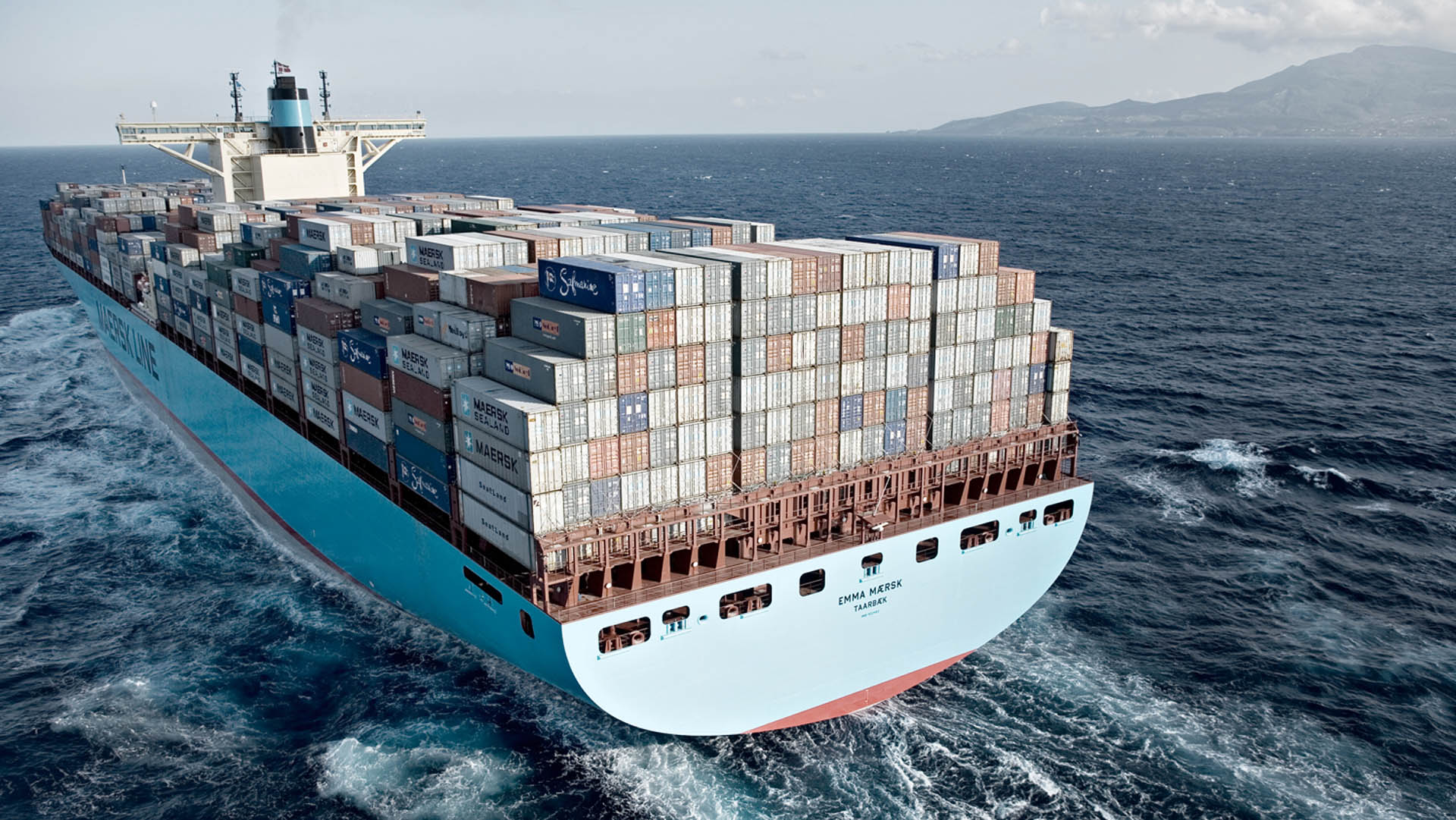
Problem framing.
The increasing size of container ships creates a bottleneck in our contemporary harbours. Most of the existing harbours and their layouts are not designed for these super ships. Problems arise within the harbour but also around the ports and in the city due to traffic overload.
Small gaps between terminals and warehouses can cause a lot of traffic on our public streets.
The aim was to create an end-to-end product system solution. To decrease the inefficient number of container moves within the port to handle the growing amount of cargo also in future.
Problem framing.
The increasing size of container ships creates a bottleneck in our contemporary harbours. Most of the existing harbours and their layouts are not designed for these super ships. Problems arise within the harbour but also around the ports and in the city due to traffic overload.
Small gaps between terminals and warehouses can cause a lot of traffic on our public streets.
The aim was to create an end-to-end product system solution. To decrease the inefficient number of container moves within the port to handle the growing amount of cargo also in future.
Problem framing.
The increasing size of container ships creates a bottleneck in our contemporary harbours. Most of the existing harbours and their layouts are not designed for these super ships. Problems arise within the harbour but also around the ports and in the city due to traffic overload.
Small gaps between terminals and warehouses can cause a lot of traffic on our public streets.
The aim was to create an end-to-end product system solution. To decrease the inefficient number of container moves within the port to handle the growing amount of cargo also in future.
Problem framing.
The increasing size of container ships creates a bottleneck in our contemporary harbours. Most of the existing harbours and their layouts are not designed for these super ships. Problems arise within the harbour but also around the ports and in the city due to traffic overload.
Small gaps between terminals and warehouses can cause a lot of traffic on our public streets.
The aim was to create an end-to-end product system solution. To decrease the inefficient number of container moves within the port to handle the growing amount of cargo also in future.

Design Process.
Storyboard sketches were used to communicate the initial idea as well as to start a feedback discussion with the collaboration partner before designing the actual product solution.
Form wise a characterful, reliable an agile primary shape together with an intelligent front part should semantically express an individual intelligence and personality of the product.
Design Process.
Storyboard sketches were used to communicate the initial idea as well as to start a feedback discussion with the collaboration partner before designing the actual product solution.
Form wise a characterful, reliable an agile primary shape together with an intelligent front part should semantically express an individual intelligence and personality of the product.
Design Process.
Storyboard sketches were used to communicate the initial idea as well as to start a feedback discussion with the collaboration partner before designing the actual product solution.
Form wise a characterful, reliable an agile primary shape together with an intelligent front part should semantically express an individual intelligence and personality of the product.
Design Process.
Storyboard sketches were used to communicate the initial idea as well as to start a feedback discussion with the collaboration partner before designing the actual product solution.
Form wise a characterful, reliable an agile primary shape together with an intelligent front part should semantically express an individual intelligence and personality of the product.
How does it work?
The ANT concept is a network of many fully autonomous and electrical cargo handling robots. Instead of using different machines to relocate the cargo, the robots can pick up containers directly from the docked ship and move them to the storage area. Anticipating gantries are in a constant flow and provide streamlined routes for the robots to reach the targeted spot in the storage area. Comparable with the swarm intelligence of ants, this cognitive system works together to achieve a more efficient loading and unloading process.
How does it work?
The ANT concept is a network of many fully autonomous and electrical cargo handling robots. Instead of using different machines to relocate the cargo, the robots can pick up containers directly from the docked ship and move them to the storage area. Anticipating gantries are in a constant flow and provide streamlined routes for the robots to reach the targeted spot in the storage area. Comparable with the swarm intelligence of ants, this cognitive system works together to achieve a more efficient loading and unloading process.
How does it work?
The ANT concept is a network of many fully autonomous and electrical cargo handling robots. Instead of using different machines to relocate the cargo, the robots can pick up containers directly from the docked ship and move them to the storage area. Anticipating gantries are in a constant flow and provide streamlined routes for the robots to reach the targeted spot in the storage area. Comparable with the swarm intelligence of ants, this cognitive system works together to achieve a more efficient loading and unloading process.
How does it work?
The ANT concept is a network of many fully autonomous and electrical cargo handling robots. Instead of using different machines to relocate the cargo, the robots can pick up containers directly from the docked ship and move them to the storage area. Anticipating gantries are in a constant flow and provide streamlined routes for the robots to reach the targeted spot in the storage area. Comparable with the swarm intelligence of ants, this cognitive system works together to achieve a more efficient loading and unloading process.
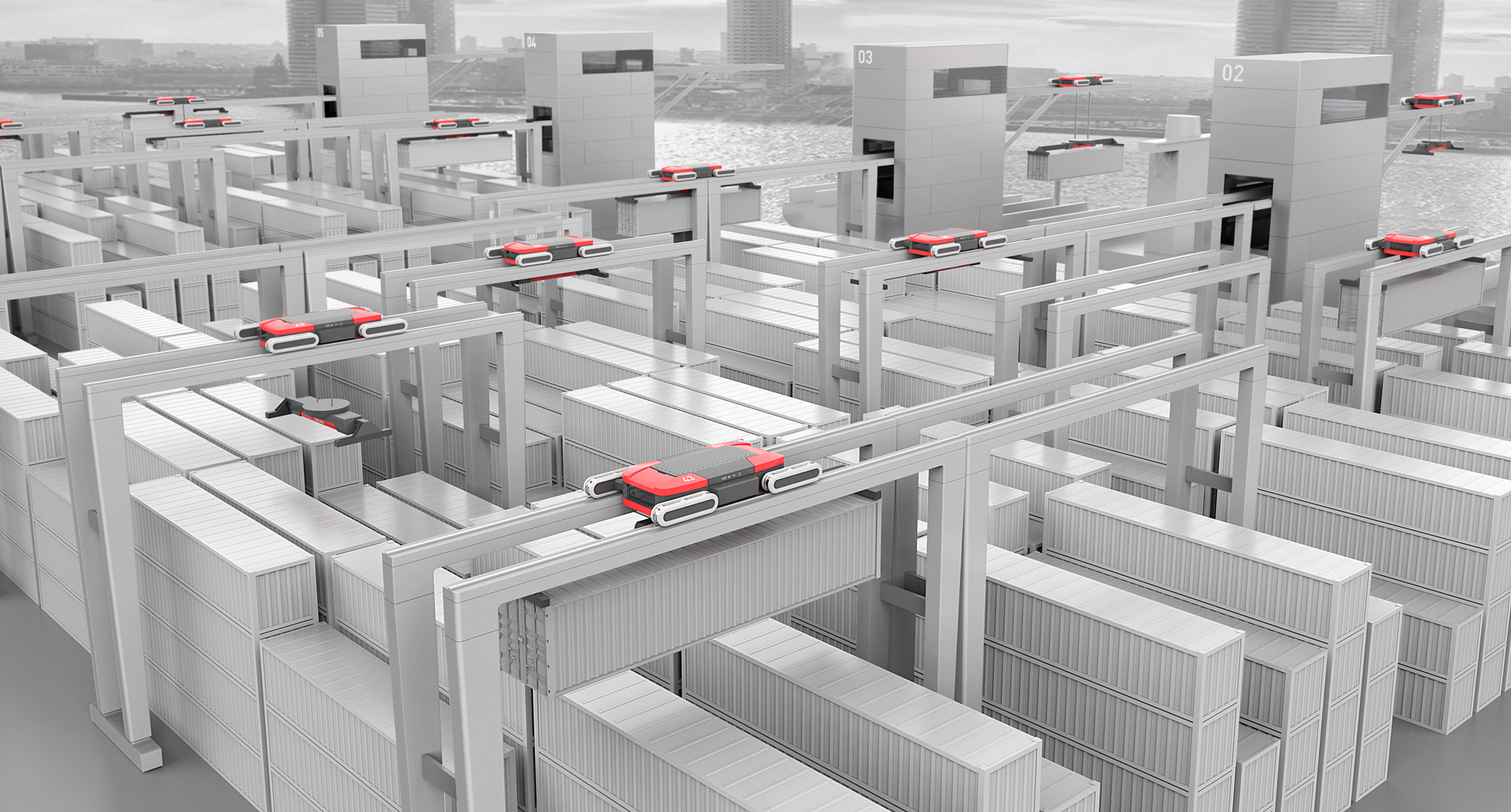
Terminal connection.
The robots can connect nearby terminals and warehouses, while at the same time reducing truck traffic on our public streets.
Terminal connection.
The robots can connect nearby terminals and warehouses, while at the same time reducing truck traffic on our public streets.
Terminal connection.
The robots can connect nearby terminals and warehouses, while at the same time reducing truck traffic on our public streets.
Terminal connection.
The robots can connect nearby terminals and warehouses, while at the same time reducing truck traffic on our public streets.
Modularity.
Thanks to a modular and symmetrical design, the core unit can also be refigured as a ground transport vehicle. Replacing the wheel module and the spreader with a bearing element the robots can fulfil ground transport tasks.
Modularity.
Thanks to a modular and symmetrical design, the core unit can also be refigured as a ground transport vehicle. Replacing the wheel module and the spreader with a bearing element the robots can fulfil ground transport tasks.
Modularity.
Thanks to a modular and symmetrical design, the core unit can also be refigured as a ground transport vehicle. Replacing the wheel module and the spreader with a bearing element the robots can fulfil ground transport tasks.
Modularity.
Thanks to a modular and symmetrical design, the core unit can also be refigured as a ground transport vehicle. Replacing the wheel module and the spreader with a bearing element the robots can fulfil ground transport tasks.
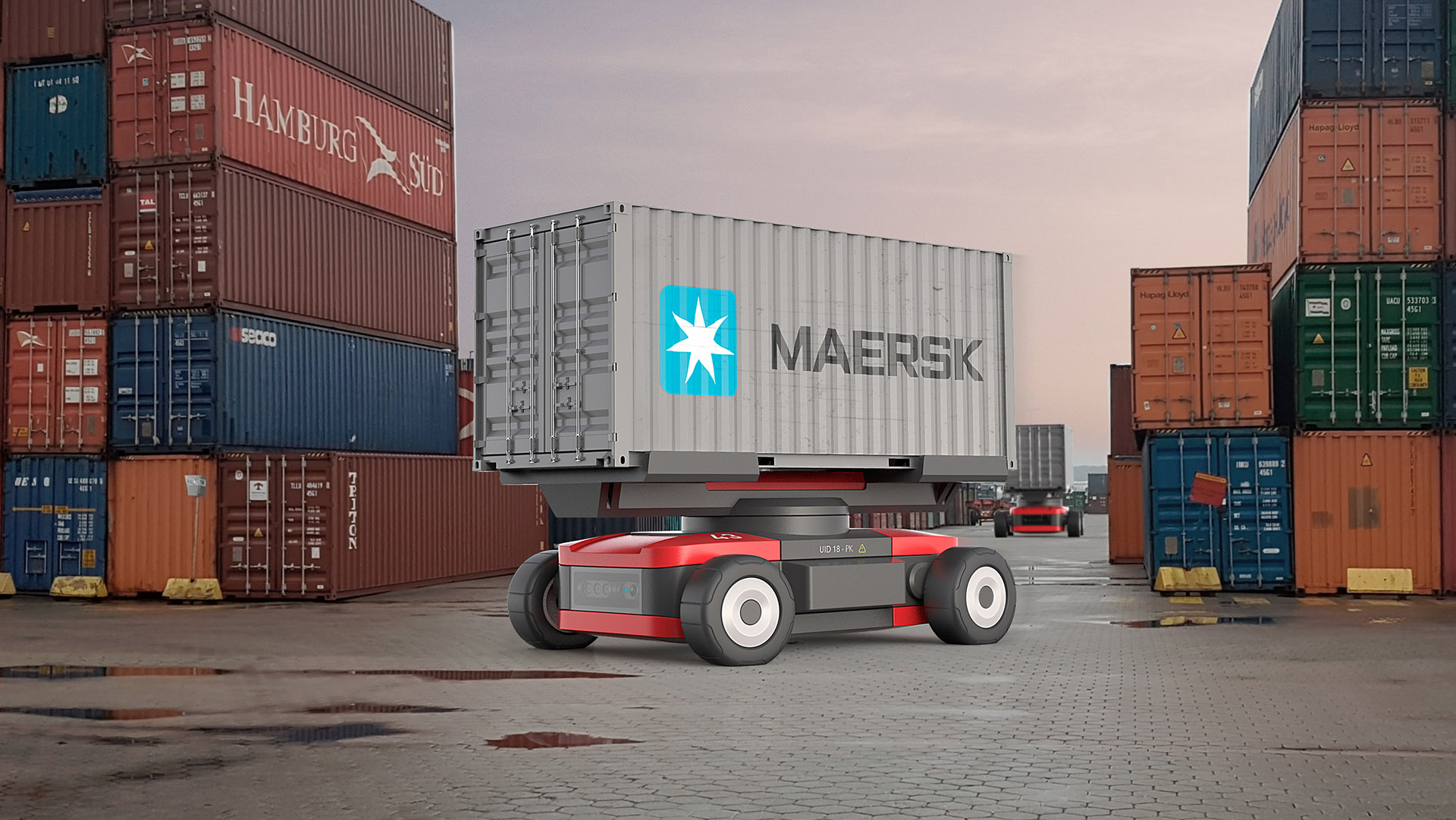
all works © Patrick Krassnitzer 2025
all works © Patrick Krassnitzer 2018
all works © Patrick Krassnitzer 2018

